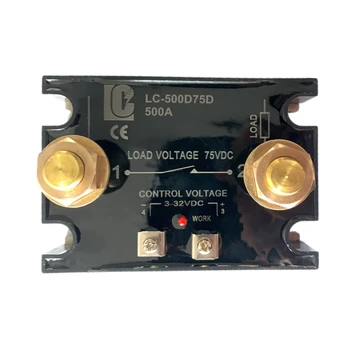Hmmm, just watched video two.
Yes, of course these were made for small EV's like golf carts, e-bikes and such, originally but can be used for more. No secret, it's all over the Chargery Website.
I came across them because I was considering VOLT Batteries and the person I was talking with suggested Chargery. I compared with TinyBMS and others at the time but not Orion as that's Big $$$.
The GUI is simple, sure, could it be prettier, likely is it that important ? All the essential info is there but a better presentation would not hurt. A BlueTooth Interface is worked on too, how that will evolve is unknown.
This BMS handles LiPo/Li-Ion/LiFe/LiTO so yes, there will be settings there that apply to some and not to others. Maybe the default setting depending on chemistry choice could be improved. The CELL Differential thing for example. BUT THERE'S A CATCH ! What if a LFP Cell goes deep discharge while the others keep going, could it not effectively murder the cell ? What if it drops to 2.0V or 1.75V before the rest cutoff ?? don't think that would be very good for the cell or pack.
The "basic" relays offered are just that. @Craig & I have worked with a couple of companies to get new SSR's made up to handle the kind of stuff we are doing. Case in point these SSR's were made up from suggestion by Craig & Myself and these have proper sized lugs for cables. BTW:
Chargery is also working on 300A & 600A SSRs in house. Additionally I reached out to a another manufacturer and am waiting on Energy Saver Relays to test them as well and these use much less power and are UL certified,
The Dongya DH200H and of course there are other ways to accomplish the use of the relay switching without consuming a bunch of power.
SSR's that were inspired by Craig & I. Huge Lugs & Pads ...
Big Lug 500A SSR : https://www.alibaba.com/product-det...m=a2747.manage.0.0.3d1571d2AmThhr&bypass=true
Big Lug 1000A SSR : https://www.alibaba.com/product-det...317242imd258&fullFirstScreen=true&bypass=true
* NOTE, They are presently in transit on the lazy path therefore I haven't tested them yet, I don't think Craig got his yet either.



